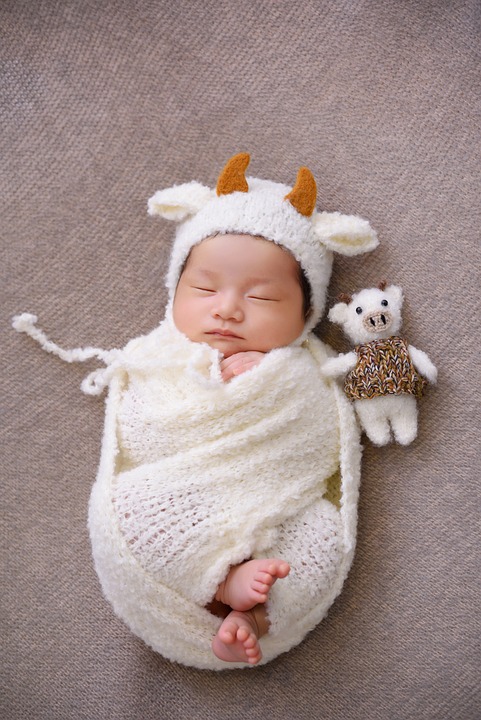As a parent, we strive to protect and nurture our children, and when we notice something different about them, it can be a challenging experience. One common concern that parents may face is facial asymmetry in their kids. It’s important to understand the emotional journey that comes with accepting and embracing this aspect of your child’s appearance.
Understanding Facial Asymmetry
Facial asymmetry is a condition where one side of the face is different from the other in terms of size, shape, or positioning of features. While it can be a result of genetics, it can also be influenced by factors such as birth trauma, childhood habits, or medical conditions. It’s important to consult a healthcare professional to determine the cause and explore potential treatment options.
The Initial Reaction
Upon noticing facial asymmetry in your child, it’s natural to experience a range of emotions. You may feel concerned, worried, or even guilty, wondering if you could have done something to prevent it. It’s important to remember that facial asymmetry is not uncommon, and many children grow up perfectly healthy and happy despite it.
Seeking Support
It’s okay to seek support from family, friends, or support groups who may have gone through similar experiences. Connecting with others can help you gain perspective and realize that you are not alone in this journey. Additionally, consider seeking professional counseling if you find yourself overwhelmed by negative emotions.
Embracing Uniqueness
As parents, we play a crucial role in shaping our children’s self-esteem and body image. Emphasize the uniqueness and individuality of your child, focusing on their strengths and talents rather than their physical appearance. Help them cultivate a positive self-image and teach them to embrace what makes them special.
Addressing Bullying and Stigma
While we hope for a world free of judgment and stigma, the reality is that children with facial asymmetry may face teasing or bullying from their peers. It’s essential to teach your child how to handle these situations with resilience and confidence. Encourage open communication and offer your support whenever they encounter challenges.
Exploring Treatment Options
Depending on the cause and severity of facial asymmetry, there may be treatment options available, such as orthodontic work, facial exercises, or surgery. It’s important to consult with healthcare professionals to explore the potential benefits and risks of these treatments and make an informed decision that aligns with your child’s well-being.
Conclusion
Accepting and embracing facial asymmetry in kids is an emotional journey that requires patience, understanding, and support. By seeking guidance, nurturing positive self-image, and exploring treatment options, we can help our children navigate this aspect of their appearance with confidence and resilience.
FAQs
Q: Is facial asymmetry in kids a cause for medical concern?
A: While facial asymmetry is common and often harmless, it’s important to consult with a healthcare professional to determine the underlying cause and explore any potential treatment options.
Q: How can I help my child build confidence despite facial asymmetry?
A: Emphasize their unique qualities, encourage open communication, and seek professional support if needed. Teaching resilience and self-acceptance is key to helping your child build confidence.
Q: What can I do if my child faces bullying or stigma because of their facial asymmetry?
A: Offer your support, teach them coping strategies, and consider involving school authorities if the situation persists. Building resilience and a strong support system can help your child navigate these challenges.
[ad_2]















コメント